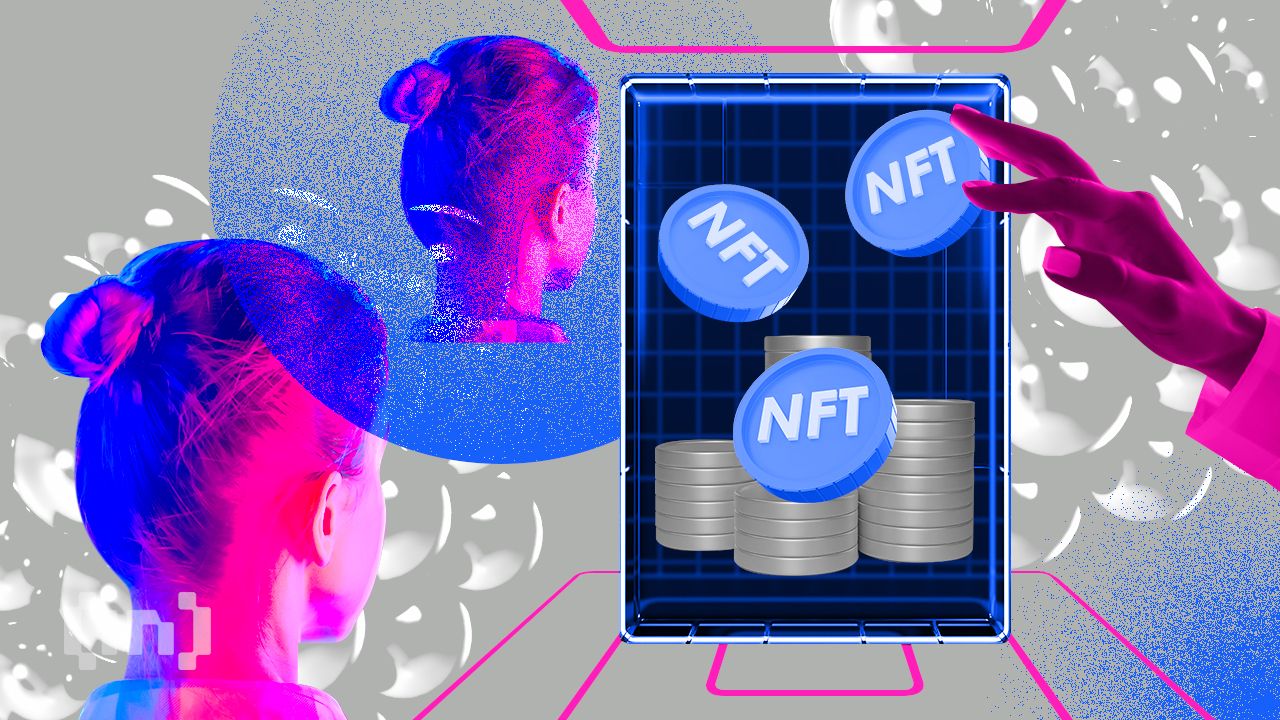Centralized Stablecoins are problematic. Is a decentralized alternative on the way?

Stablecoins have become an indispensable component of the cryptocurrency ecosystem, accounting for 80% of centralized exchange trades (CEX) and playing a crucial role in the fast-growing world of decentralized finance (DeFi). Stablecoins provide a stable store of value and enable seamless transactions in a volatile market, acting as an important link between fiat and crypto – their importance cannot be overstated.
Riyad Carey is a research analyst at Kaiko.
However, recent developments reveal a disturbing trend: The most transparent stablecoins are shrinking, while their opaque counterparts are flourishing. This not only undermines the confidence the industry desperately needs, but also poses a significant threat to the future of the crypto market.
Just a month ago, USDC, the second-largest stablecoin by market capitalization, decoupled from the US dollar and fell to 80 cents after the asset’s issuer, Circle, confirmed it had exposure to failed Silicon Valley Bank. This price collapse can be illustrated through on-chain data; below is a chart showing how the popular stablecoin exchange pool on Curve (3pool) saw the balance of Tether (USDT), the largest stablecoin, fall as rumors of a banking crisis swirled. Users sold USDC and DAI for USDT, causing the latter’s balance to drop.
In a more general sense, this chart also shows a flight from two stablecoins that are transparent about their backing, USDC and the closely related DAI token from MakerDAO, to the perceived safety of a stablecoin that has not released an independent reserve report in year , USDT. Last year USDT’s issuer, Tether, was fined by the Commodities and Futures Trading Commission (CFTC) for lying about its reserve funds meant to support USDT.
USDC has since returned to its peg and 3pool has moved closer to balance. However, USDC’s market cap has continued to fall while USDT’s are nearing all-time highs.
Earlier this year, Paxos was forced to stop issuing BUSD after the New York Department of Financial Services (NYDFS) stated that the issuer had not fulfilled its obligation to conduct risk assessments and due diligence to prevent “bad actors” from using the platform. Despite some confusion over the difference between Paxos-issued BUSD and the packaged versions that live on multiple chains called “Binance-Peg BUSD”, the former was one of the most transparent centralized stablecoins. Paxos was regulated by the NYDFS and published monthly independent attestations.
Before this regulatory action, the Binance exchange was promoting BUSD as its preferred stablecoin, and I thought there was a decent possibility that Binance would eventually delist USDT (the exchange, the world’s largest by trading volume, delisted USDC last year).
With BUSD on the way out, Binance has instead turned to trueUSD, making BTC-TUSD the only free BTC trading pair. In February, TUSD had a market value of less than 1 billion dollars. Today, as a direct result of Binance’s support, its market cap is over $2.5 billion and accounts for over a third of BTC trading volumes on the exchange.
A quick scan of TUSD’s website is not comforting. It says TUSD is the “first regulated stablecoin fully backed by the US dollar.” The question is: Regulated by whom? TUSD’s white paper states that TrueCoin, LLC (doing business as TrustToken) is a money services business registered by the Financial Crimes Enforcement Network (FinCEN). That’s all well and good, but after some digging it appears that TrustToken is not the issuer of TUSD, Archblock is.
I wonder why Binance, which is currently being sued by the CFTC, is promoting a stablecoin that it has no public ties to. The lack of transparency makes it hard to say how much we can trust TUSD, and therein lies the problem.
It is not entirely surprising that two of the most regulated and transparent stablecoins have been penalized this year. It reflects an age-old business problem where companies are motivated to grow at any cost. This trend was supercharged in the Web2 era, when technology companies sought to “move fast and break things” and deal with the fallout later. But much of the appeal of crypto – or Web3 – is the potential to write the failures of an internet that grew rapidly without direction or coherence.
An obvious but so far difficult solution to this problem would be a decentralized stablecoin. Or preferably stablecoins. Unfortunately, most of the best DeFi-native stablecoins are depegged alongside USDC, a centralized and censorable asset that makes up a significant portion of the supposedly decentralized asset’s support. LUSD, for example, linked to the Liquity protocol, has been the most successful, truly decentralized stablecoin – unfortunately, it’s not that stable (it was trading above $1.01 at the time of writing).
Fortunately, there is some exciting innovation on the way. The obvious competitor is crvUSD, created by Curve Finance, which can rightly be considered a stablecoin kingmaker. This stablecoin will apparently be backed with decentralized security like Ether (ETH) and should benefit from extremely deep liquidity. There are others too, like dinero from Redacted Cartel, which will be mostly backed by ETH. While we have yet to crack the decentralized stablecoin problem, I’m sure developers are taking steps to bring us closer.
Meanwhile, centralized stablecoins will maintain their dominance. Exchanges must bear the brunt of the responsibility by listing only reliable and transparent stablecoins. So too, institutions should carefully consider which stablecoins they use.

























